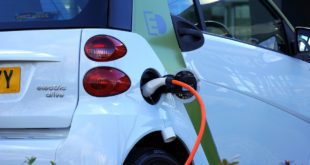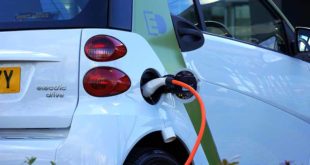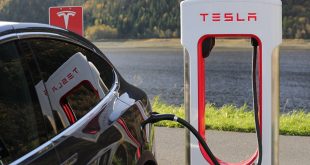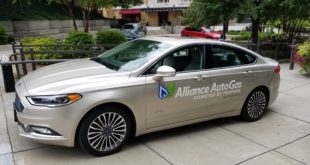Many say the electric vehicle will never exist, but popular hybrid vehicles are a variation of them. To under electric vehicles, it is prudent to know who and when they were invented.
The electric vehicle has been heralded for many years as the vehicle of the future. This type of electrically powered vehicle is better for the environment and less expensive to run than traditional gasoline powered vehicles, and can be built from existing vehicle parts with a few modifications. With all of the focus on hybrid and electric vehicles in recent years, you might think the time when the electric vehicle was developed was relatively recently, but this is not the case.
So, when was the electric vehicle invented? Historians have recorded that between 1832 and 1839 (the exact year is uncertain), Robert Anderson of Scotland invented the first electric powered vehicles. This crude model was not exactly what would be considered a vehicle by today’s standards, but was definitely the forefather of electric vehicles today. Around 1842, more practical and usable electric vehicles were developed in America by Thomas Davenport, and in Scotland by Robert Davidson.
While the evolution of the electric vehicle invented more possibilities, France and Great Britain were the only two countries to really start focusing on the electric vehicle, in the late 1800’s. In 1895, the United States finally got on board with developing electric powered vehicles, after an electric tricycle was built by A.L. Ryker. The first commercial version of an electric vehicle or vehicle was found in 1897, when the Electric Carriage and Wagon Company of Philadelphia built a fleet of electric powered taxis for New York City.
The years 1899 and 1900 were the best years in the history of electric vehicles for the United States, as electric vehicles outsold any other type of vehicle in these two years. Production of electric vehicles peaked in the year 1912, and these type of vehicles enjoyed success into the 1920’s, after which there was a marked decline in the demand for electric vehicles. As more and more road systems were developed crossing the US, the need for longer range vehicles became apparent. Coupled with the finding of oil in Texas, which meant gasoline was more affordable for everyday use, combustion engines quickly became the more popular engine for vehicles.
Today, the electric vehicles invented in the last half of the 20th century are seen as the wave of the future for eco-friendly vehicles. The same problems still plague electric vehicles that did so in the 1920’s, including slow speeds and short ranges, but hopefully with new technology, electric vehicles will be able to replace the polluting combustion engine vehicles we drive today.
 Alternative Energy HQ solar power for homes, wind energy, and bio fuel issues
Alternative Energy HQ solar power for homes, wind energy, and bio fuel issues







